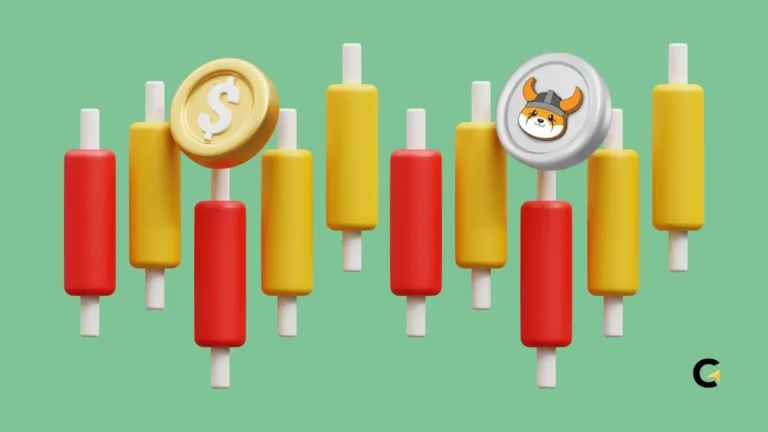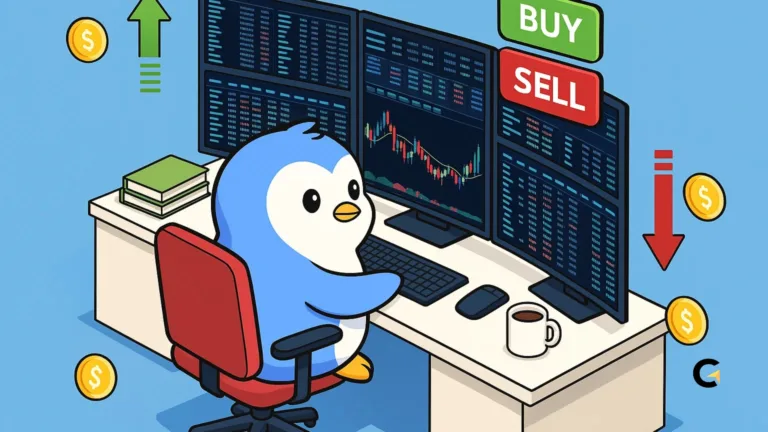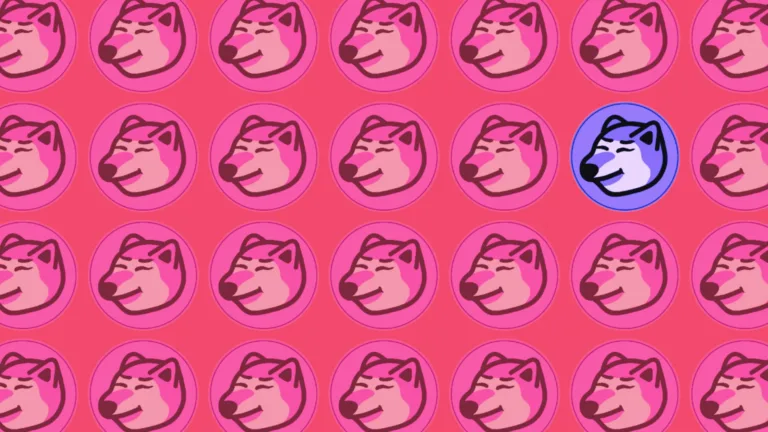Terra Luna Classic (LUNC) Price Prediction 2030
Terra Luna Classic (LUNC) has remained a topic of interest within the crypto investment community, particularly regarding its long-term potential.
Expert predictions for LUNC’s price by 2030 vary significantly, with the lowest estimate at $0.00001671 and the highest reaching up to $0.23, based on different models and scenarios.
Key Takeaways:
Hide- Binance: Predicts LUNC could reach $0.016 by 2030 and $0.14 by 2033 in strong market conditions (Source: Binance)
- Telegaon: Projects up to $0.23 by 2030 with aggressive development and adoption (Source: StealthEx)
- CoinCodex: Estimates LUNC’s 2030 value between $0.00001671 and $0.000329 (Source: CoinCodex)
- DigitalCoinPrice: Forecasts a price of $0.000906 by 2030 (Source: CoinCodex)
- StealthEx: Provides a realistic estimate between $0.001 and $0.0016 for 2030 (Source: StealthEx)
How High will Luna (LUNC) go by 2030?

The long-term outlook for LUNC is shaped by a range of technical factors, market developments, and strategic decisions. This section presents key aspects that contribute to its projected trajectory.
Expert Forecasts and Expected Price Ranges
Price projections for LUNC in 2030 show a broad spectrum:
- CoinCodex suggests a potential price between $0.00001671 and $0.000329, reflecting uncertainty about market conditions.
- DigitalCoinPrice offers a more stable estimate of $0.000906.
- Telegaon presents a more optimistic forecast of $0.23, assuming aggressive token burns and increased adoption.
- AI-based models propose values of up to $0.016 by 2030, with a longer-term possibility of $0.14 by 2033 under favorable circumstances.
These projections are influenced by current metrics, historical performance, and algorithmic modeling.
Technical Indicators and Chart Analysis
Several technical analysis tools are commonly used to monitor LUNC’s performance:
- Moving Averages (50-day, 200-day) help identify momentum trends. A crossover pattern is often interpreted as a signal of a potential shift in price direction.
- Relative Strength Index (RSI) evaluates whether the asset is overbought or oversold, which can indicate possible corrections.
- MACD (Moving Average Convergence Divergence) is used to detect changes in price momentum and trend direction.
- Fibonacci Retracement Levels assist in identifying potential support and resistance levels based on historical price movements.
While these tools are frequently used in forecasting, they provide guidance rather than definitive outcomes.
Factors Supporting Potential Growth
Several elements may positively influence LUNC’s development:
- Token Burn Programs aim to reduce supply, which may influence pricing dynamics.
- Ecosystem Expansion, including decentralized finance (DeFi) and non-fungible token (NFT) integration, contributes to network utility.
- Regulatory Clarity from governments could provide a more stable environment for investors and institutions.
- Market Cycles, including Bitcoin halving events and broader bull markets, may increase interest and inflows.
- Exchange Support, such as listings on major platforms like Binance, can improve liquidity and exposure.
- Community Governance plays a role in decision-making and future development initiatives.
Challenges and Limiting Factors
There are also considerable obstacles that could hinder LUNC’s progress:
- Trust Recovery remains a challenge due to past incidents involving the Terra ecosystem.
- Regulatory Risks, especially legal scrutiny or unfavorable policies, may impact operations and investor confidence.
- Increased Competition from other blockchain platforms may affect user retention and relevance.
- Limited Innovation could reduce the network’s ability to attract developers and users.
- Centralization Concerns might deter participants if governance structures lack transparency.
These challenges are important to consider when assessing LUNC’s future position.
Price Prediction Summary for 2030
Based on a balanced view of current data and expert input, the realistic price range for LUNC by 2030 is estimated between $0.001 and $0.0016.
Lower estimates project a decline to $0.00002372, especially if development or sentiment deteriorates.
Higher estimates, such as $0.016 to $0.23, rely on improved market conditions, strategic growth, and strong community support.
Tips for Assessing LUNC as a Long-Term Investment
Evaluating a cryptocurrency like LUNC requires careful analysis of both market signals and fundamental developments. The following tips offer guidance based on the preceding discussion:
- Track Supply Reduction: Monitor token burn campaigns to understand their effect on circulating supply and potential pricing.
- Observe Market Trends: Align investment timing with broader crypto market cycles, especially Bitcoin-driven movements.
- Review Technical Indicators: Use tools like RSI, MACD, and moving averages to assess short- to mid-term conditions.
- Analyze Ecosystem Progress: Look for new partnerships, applications, and user growth as signs of utility and demand.
- Stay Informed About Regulation: Follow updates on legal developments that could influence access and adoption.
- Engage with Community Governance: Participation levels and transparency in project decisions can reflect the health of the ecosystem.
- Consider Portfolio Diversification: Given the uncertainty around LUNC, balanced exposure to other assets is recommended.
The Future of luna (LUNC) by 2030
LUNC’s trajectory to 2030 remains uncertain, with potential for both moderate growth and underperformance.
Its future performance will depend on several key variables, including technological development, user adoption, external market conditions, and community coordination.
While expert predictions vary, a practical estimate suggests a price between $0.001 and $0.0016, with optimistic cases projecting up to $0.23.
Investors should base decisions on data, risk tolerance, and ongoing monitoring of the project’s evolution.







